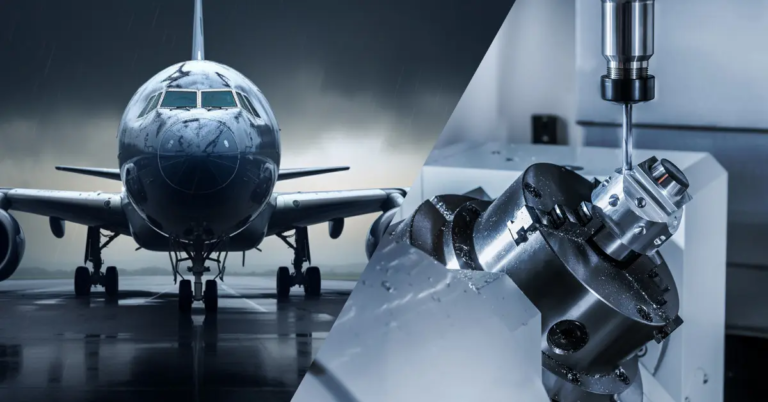Prototyping is an important process in the manufacturing world, allowing companies to test and refine their designs before mass production. With the advent of computer numerical control (CNC) technology, prototyping has become faster, more accurate and more cost-effective. In this article, we will explore the advantages of CNC prototypes in CNC prototype manufacturing and why it is a game changer in many industries.
One of the main advantages of CNC prototyping is its ability to reduce the time and cost associated with traditional prototype methods. Using CNC machining, prototypes can be created in hours or even minutes, depending on the complexity of the design. This rapid prototyping capability allows companies to test their designs, identify potential issues and quickly make necessary adjustments, thus simplifying the development process.
Another important advantage of CNC prototyping is that it creates highly accurate, precise parts. CNC machines use computer-aided design (CAD) software to cut, drill holes and form exact specifications to ensure that parts are manufactured to tight tolerances. This accuracy is crucial in industries such as aerospace, automotive and medical equipment where safety and performance are critical.
In addition to accuracy, CNC prototypes offer unparalleled flexibility. Using CNC machines, manufacturers can produce complex shapes and geometric shapes that traditional manufacturing methods will be difficult or impossible to achieve. This flexibility is particularly useful in industries such as aerospace where companies need to create complex components with precise tolerances.
CNC prototypes also offer a level of customization that is impossible for traditional manufacturing methods. With CNC machining, manufacturers can quickly and easily make changes to their designs, allowing them to respond quickly to design flaws or customer feedback. This level of customization is particularly valuable in industries such as consumer products, where product development cycles are short and customer expectations are high.
In short, CNC prototyping revolutionizes the manufacturing process, providing unparalleled speed, accuracy and flexibility. Using CNC machining, manufacturers can quickly and cost-effectively create high-quality parts, simplifying the development process and improving product quality. With the growing demand for personalized products and rapid prototyping, CNC prototyping is becoming increasingly important for companies looking to stay ahead.
FAQ:
Q: What is a CNC prototype?
A: CNC prototype is the process of creating prototypes using a computer numerical control (CNC) machine that uses computer-aided design (CAD) software to shear, drill and form materials in an accurate way.
Q: What are the advantages of CNC prototype production?
A: Advantages of CNC prototyping include rapid prototyping, precision, flexibility and customization. CNC prototyping enables quick and easy design, reducing the time and cost associated with traditional prototype methods.
Q: Which industries benefit from CNC prototyping?
A: Industry that benefit from CNC prototypes include aerospace, automobiles, medical equipment, consumer products, etc. Companies in these industries need precision, accuracy and customization, which makes CNC prototyping crucial for their product development.
Q: How long does it take to create a prototype using CNC machining?
A: The time required to create a prototype with CNC machining depends on the complexity of the design and the required precision. In some cases, prototypes can be created in hours or minutes, while more complex designs can take days or weeks to complete.
Q: How much does CNC prototype cost?
A: The cost of CNC prototypes depends on the size of the part, material and complexity, and the level of precision required. However, CNC prototyping is often more cost-effective than traditional prototyping methods, especially for complex or customized parts.

















